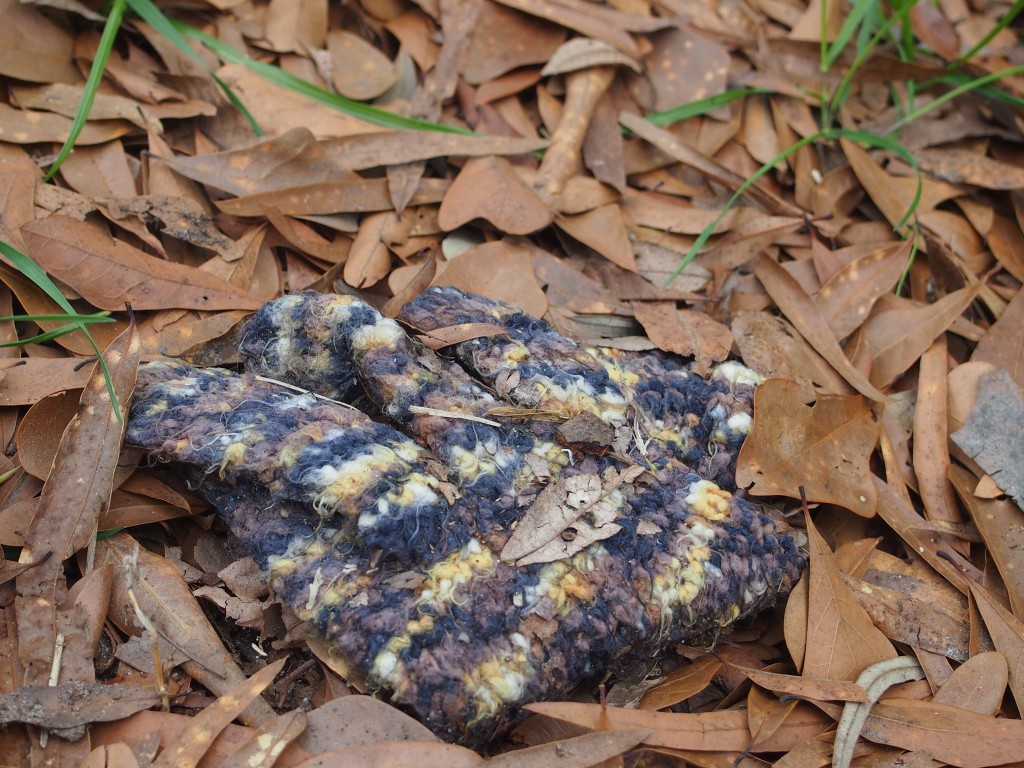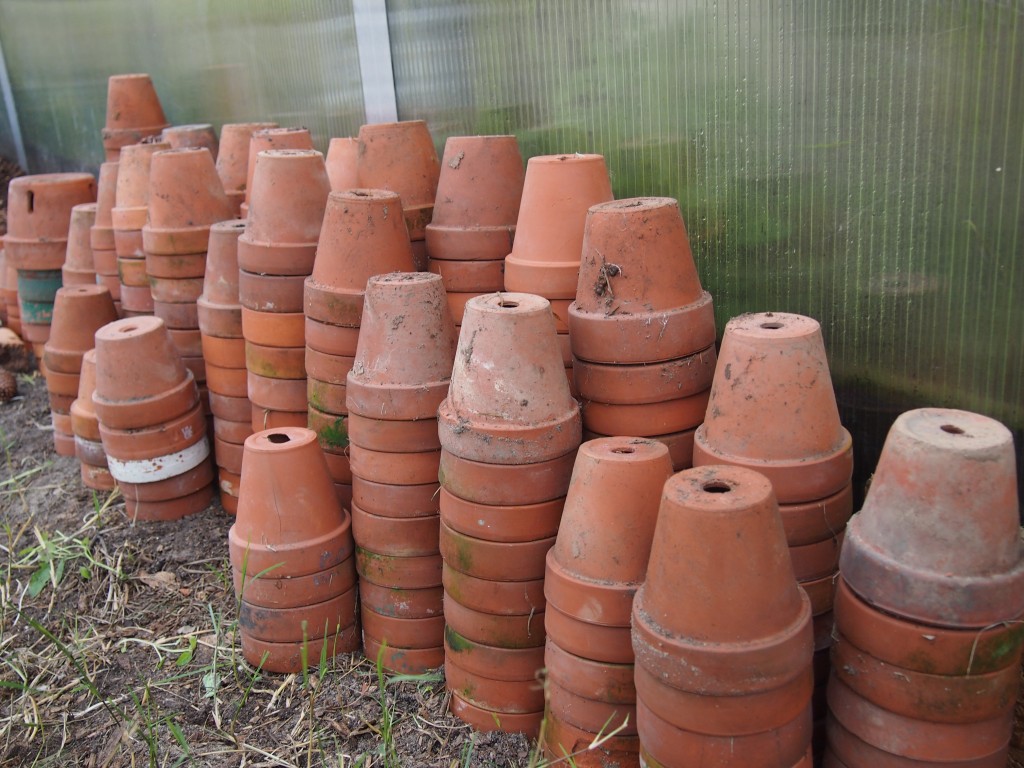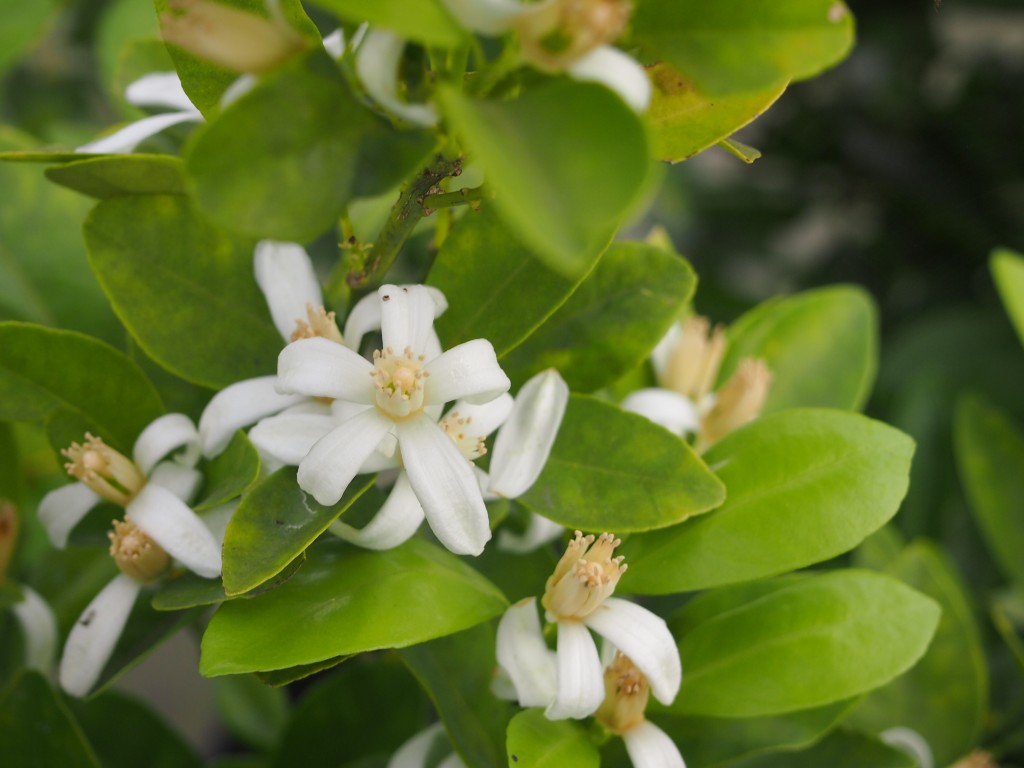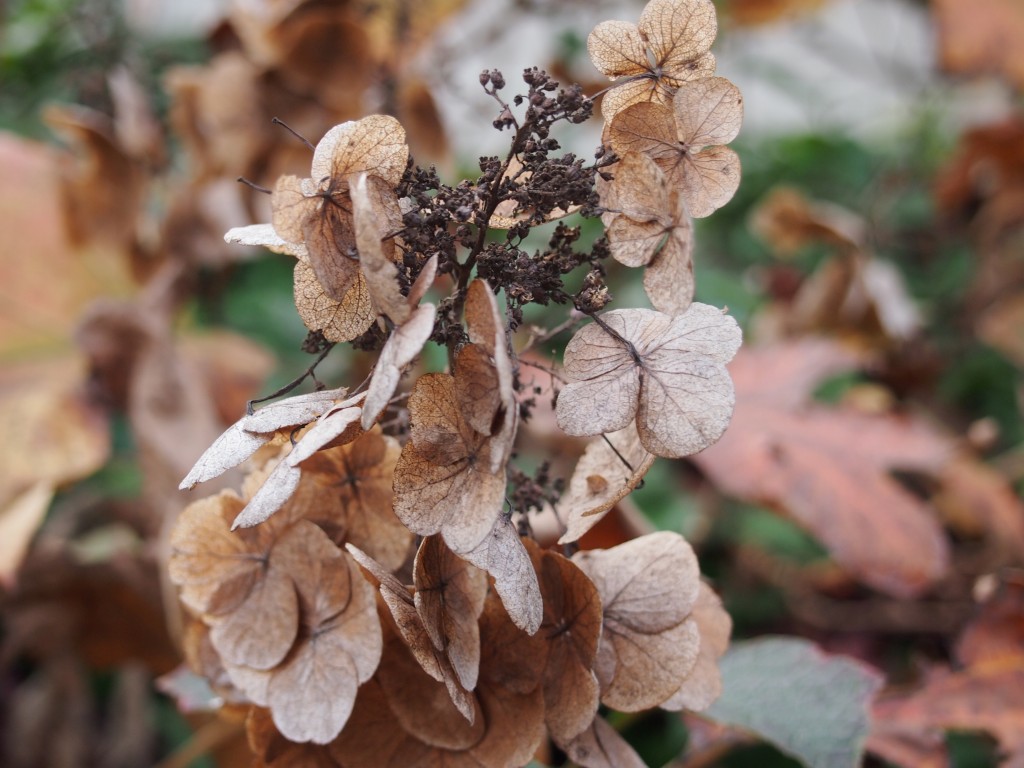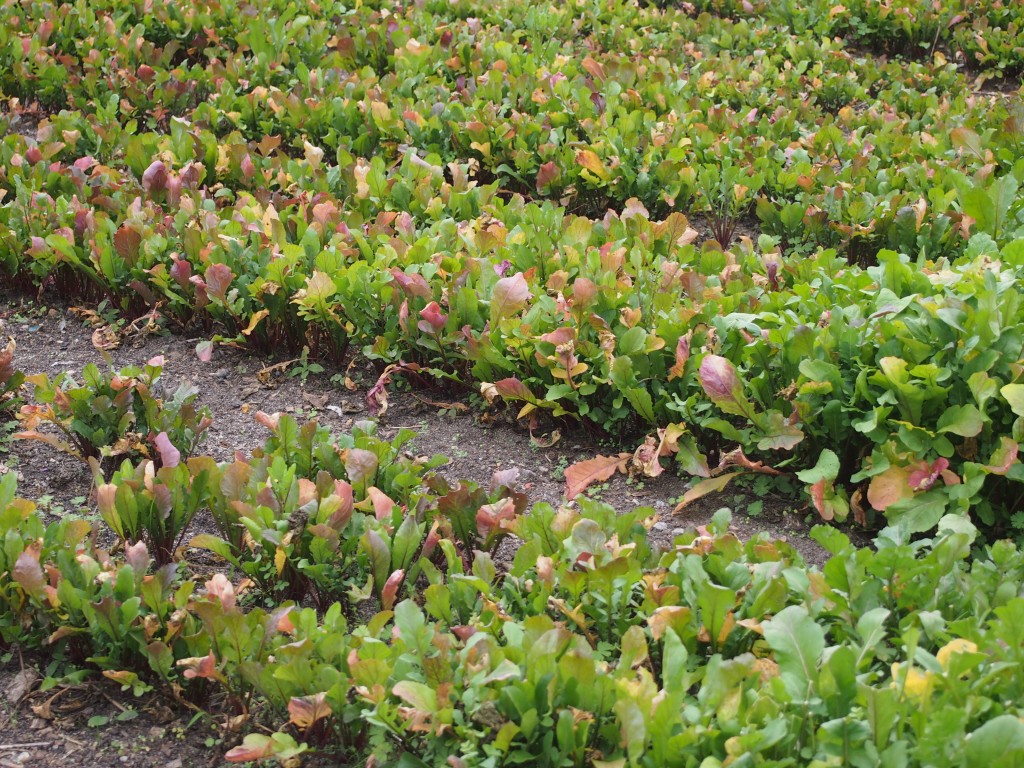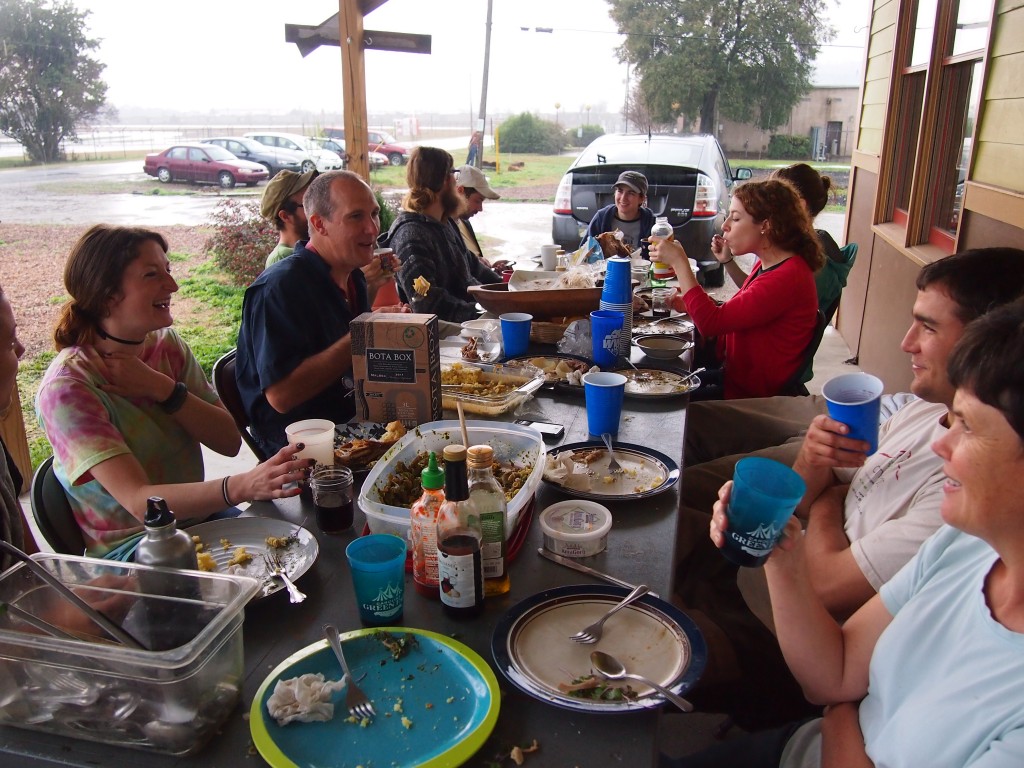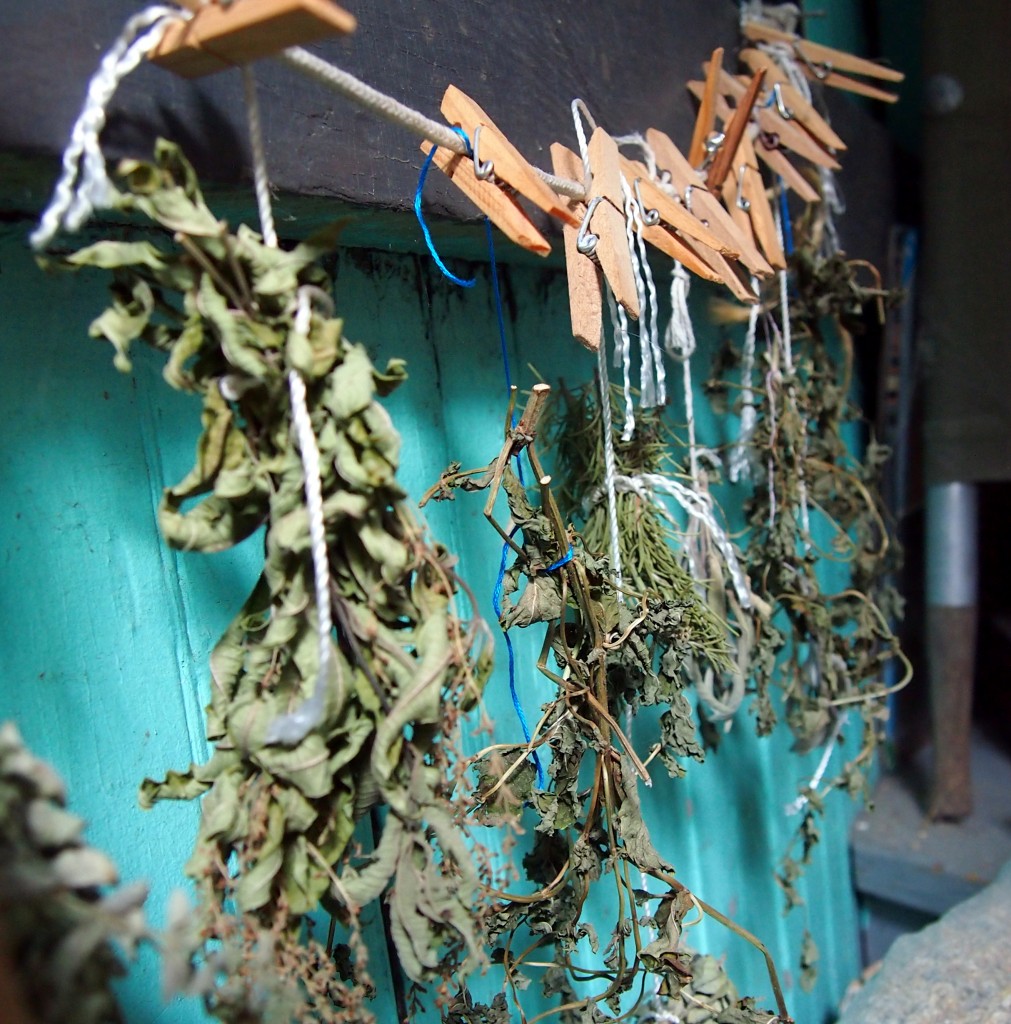
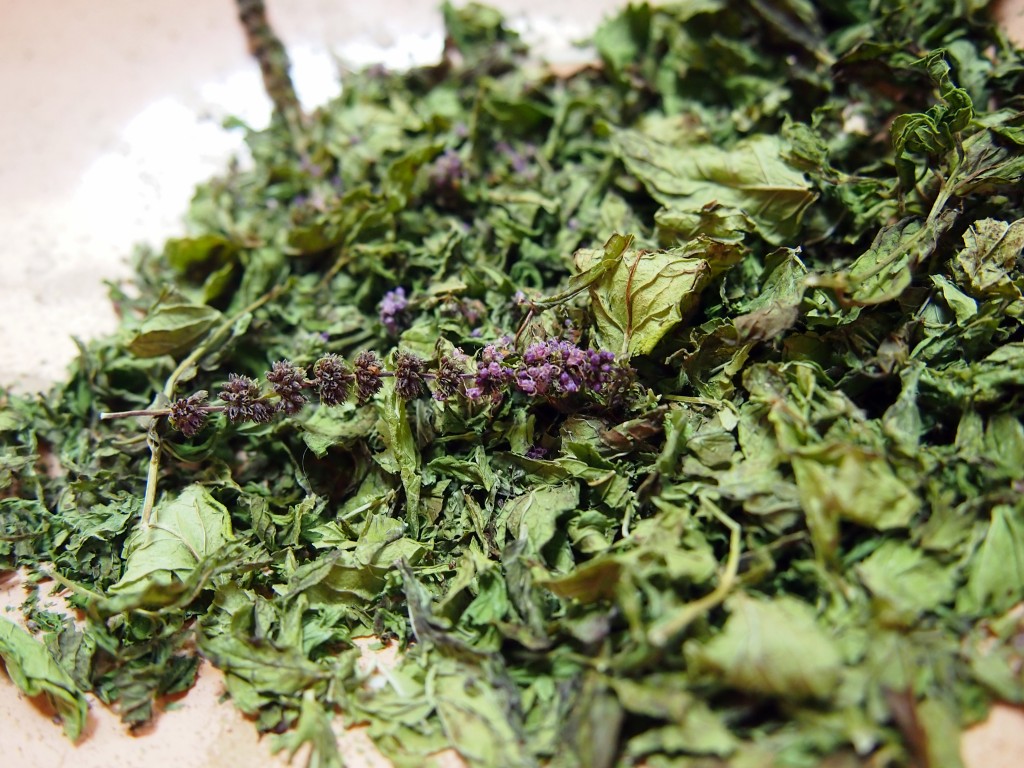
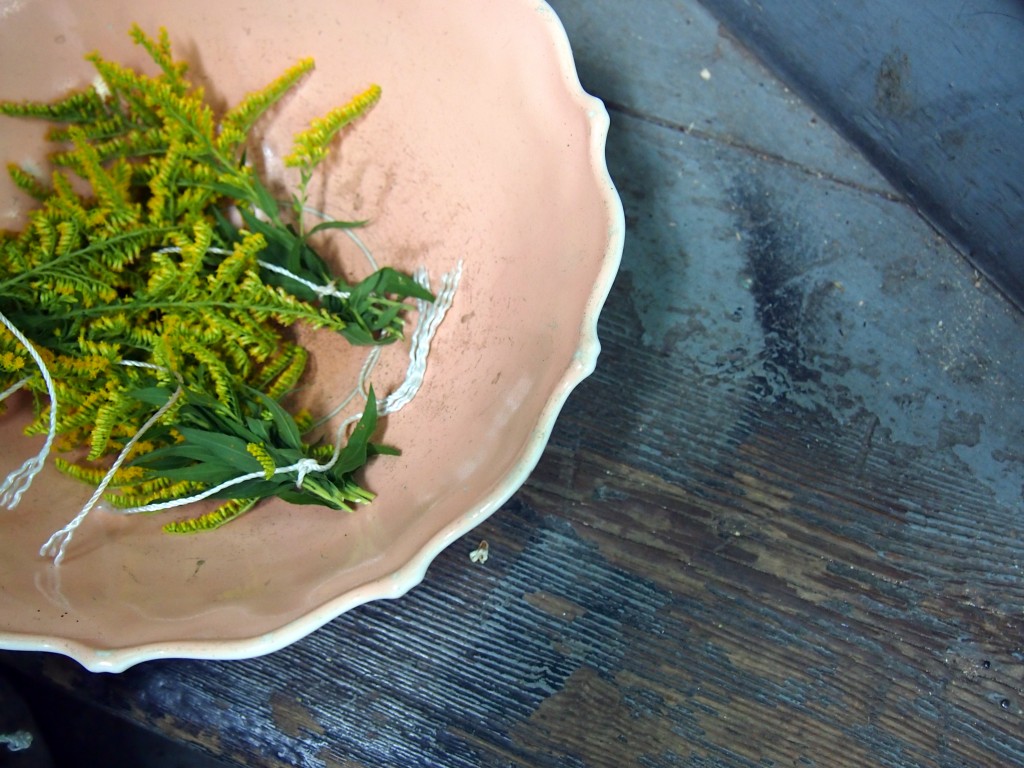 It’s been over a year since I officially threw in the plow on vocational farming. One of the things I miss the most is the weekly harvest days before market. We carted, pulled, and dragged vegetables into the barn. They sat in piles. Stacks. Sometimes even pyramids. All waiting to be
It’s been over a year since I officially threw in the plow on vocational farming. One of the things I miss the most is the weekly harvest days before market. We carted, pulled, and dragged vegetables into the barn. They sat in piles. Stacks. Sometimes even pyramids. All waiting to be washed hydro-cooled. In a matter of hours, each zucchini, each carrot, each collard would be inspected, bundled, and placed in cold storage. At the end of the day, sometimes I would have to catch my breath at the sheer number of vegetables my hands had touched that day.


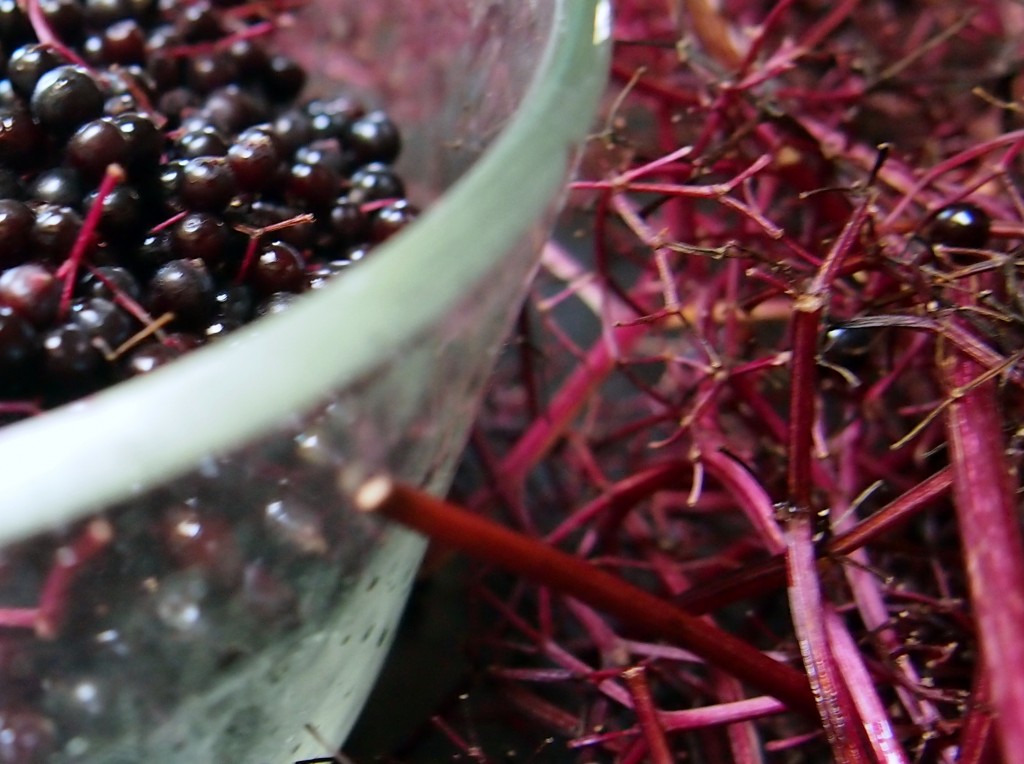
Sometimes it was easy to become desensitized to the volume of produce. During the height of summer, five pounds of basil would roll around our counters like change in your pocket. Even making a triple batch of pesto would hardly make a dent in the supply. And then another tidal wave of the peppery green leaves would break the next day.
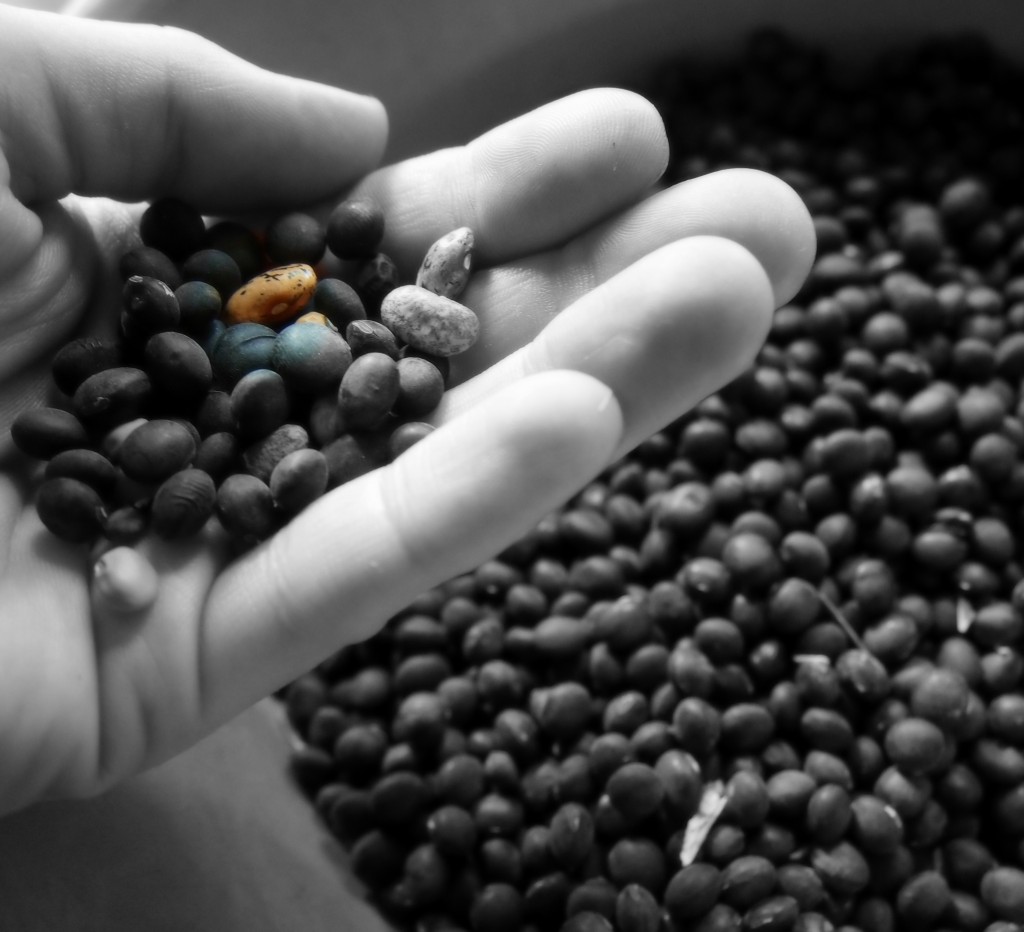
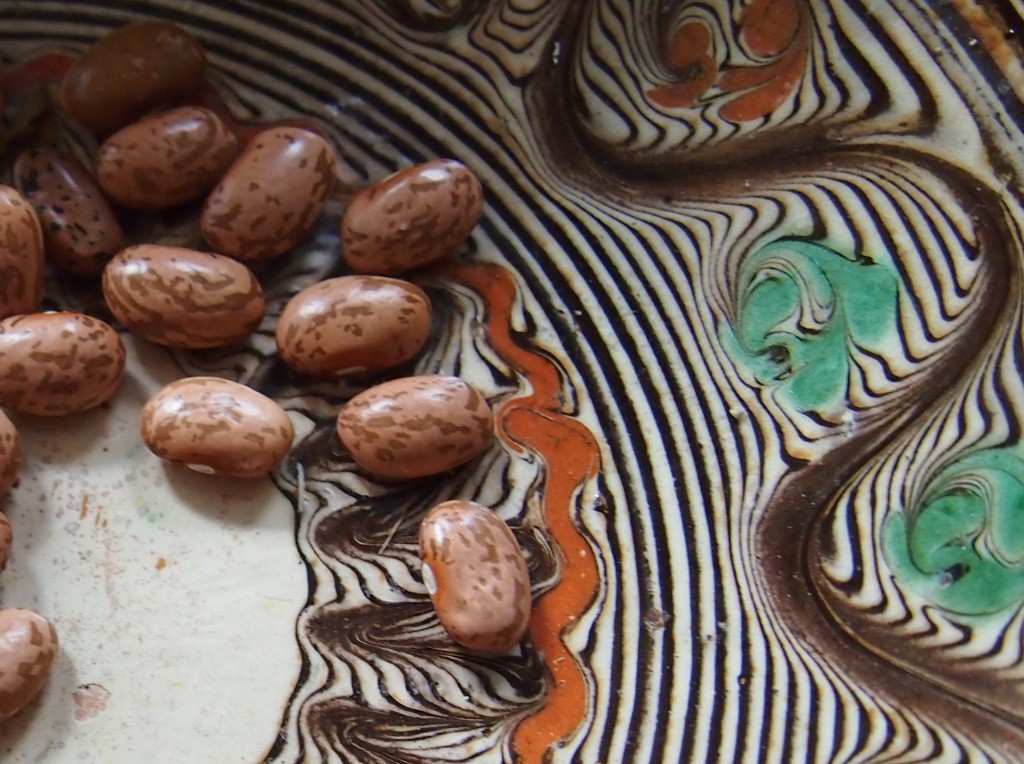
While my partial-sun window boxes have kept in a a mostly steady supply of mixed herbs, my eyes have itched for the cartloads of butternut squash and coolers full of greens. I’ve had to borrow my bounty this year from friends and family.
I’ve clipped and hung herbs to dry, sorted jars of heirloom bean varieties, forked elderberries off their stems, snipped oatstraw into pieces, pulled hops flowers off their vines till my hands were stained and smelled of ginger and garlic, rubbed nettle leaves off their stems till my hands ached and itched, and shuffled through the yard bent double gathering black walnuts. Though I’ve yet to use a cart this season, the harvest has been brought in using baskets, five gallon buckets, baking trays, coat pockets, window screens, bowls, and impromptu shirt “baskets.”
The harvest is abundant indeed.
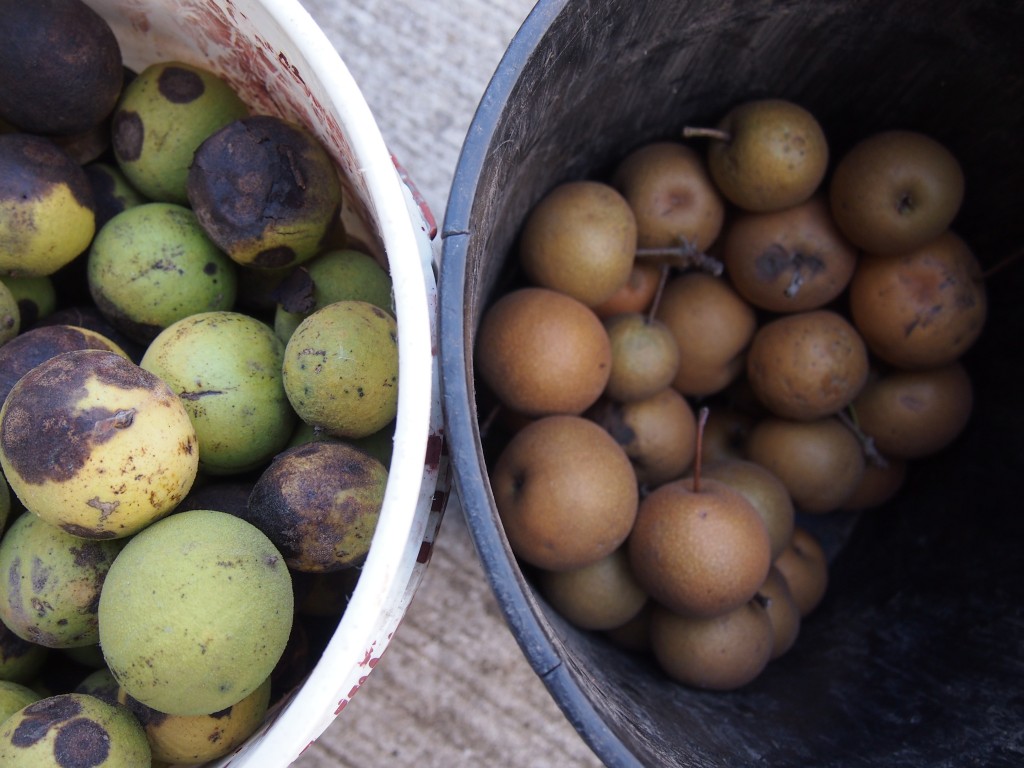
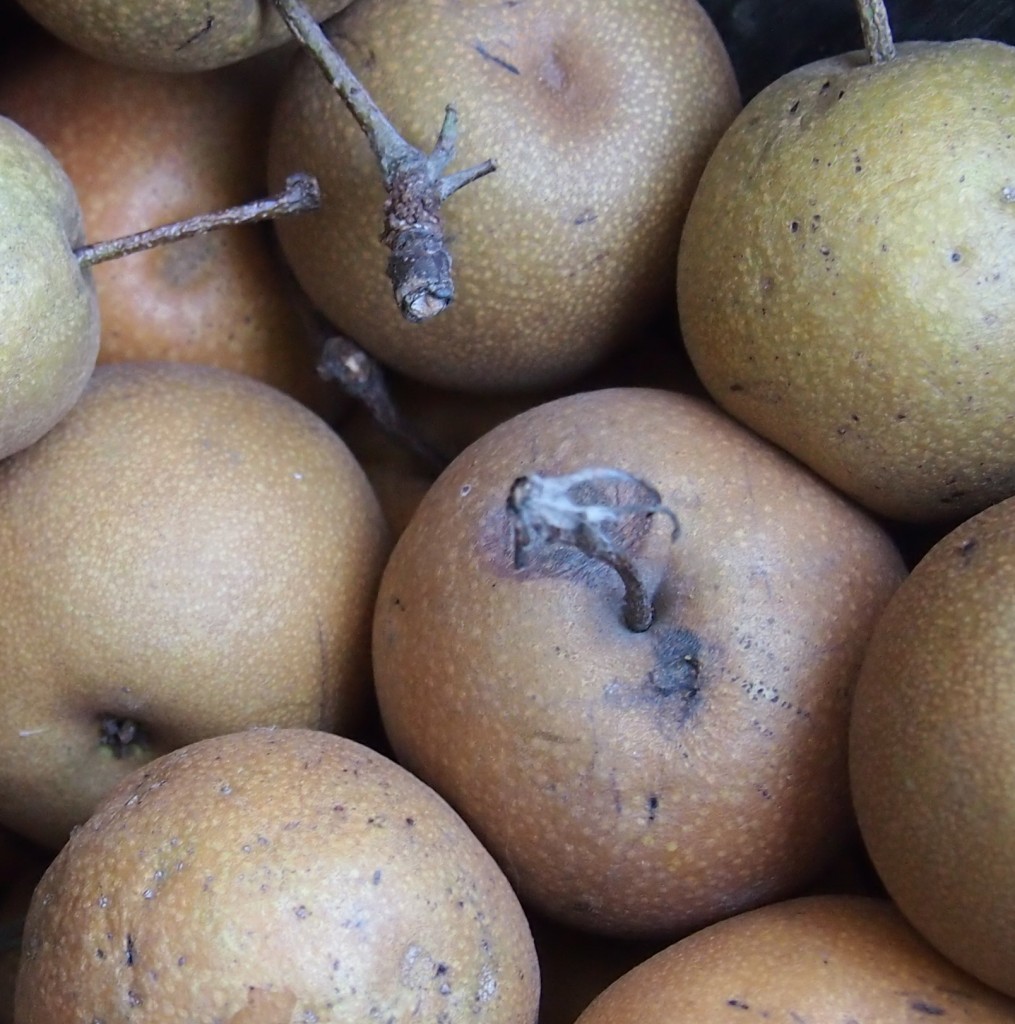
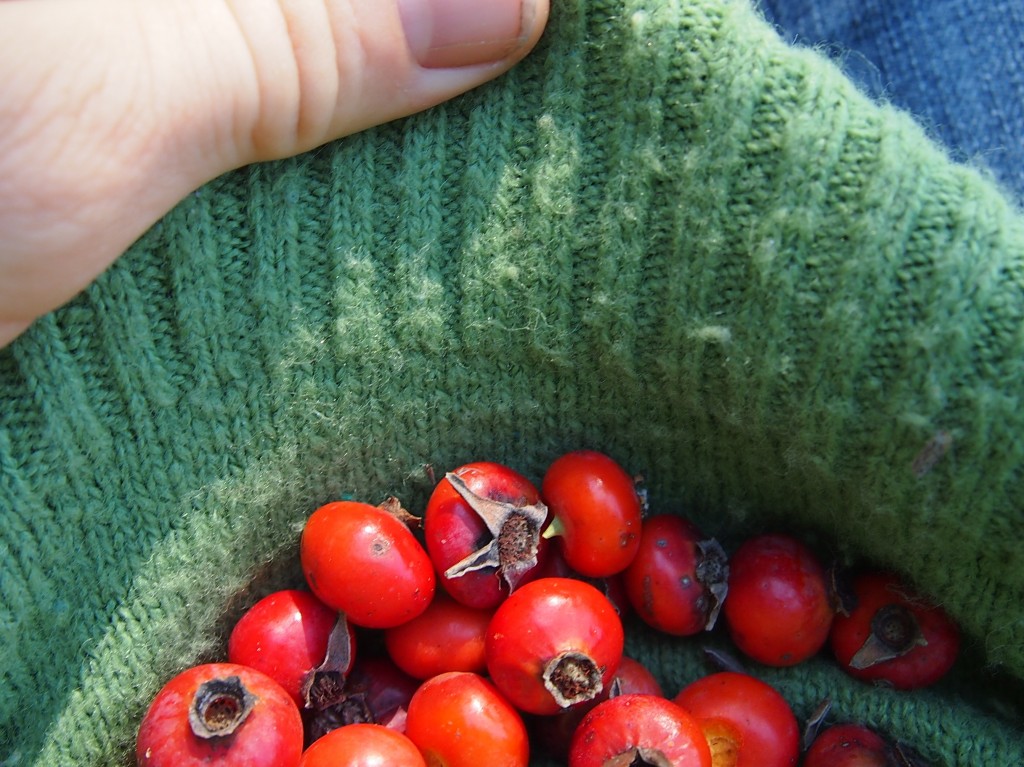
Posted 12 years, 7 months ago at 5:13 pm. Add a comment

I almost feel unethical posting this as a “recipe.” It’s so simple– a boil, a sprinkle, and done. It came about mostly in an effort to clean out my fridge and spice cupboard. And yet, the result of said kitchen tidying had the added bonus of this stunning salad. (Is it a salad all on it’s own? Or would one need to add lettuce for that? I never know.) The delicate dill rounds off the somewhat bawdy beets. The resulting dish encompasses the best aspects of farm-to-plate eating– earthy richness and heavenly crispness.
Because beets are the main ingredient here, make sure you use the freshest beets you can find. Old ones that have been lolling around shelves for a few weeks tend to be woody at best and bitter at worst. A good beet should be as sweet and firm as a good kiss. To assess the freshness of your beets, squeeze them. They should not be in any way squishy. You can also make sure the greens are crisp and lively, not wilted and listless. Like most vegetables, your best bet is to buy your beets from the person who grew them.
A bonus of finding a local source of beets is that you’re more likely to encounter different varieties. I used the two kinds that City Roots is growing: Bull’s Blood, a deeply red beet, and Chioggia, an heirloom beet with beautiful fuchsia and white rings. (Tragically, these fade when cooked.) While I can’t say they taste much different, they do vary dramatically in color and make a very pretty salad when tossed together.
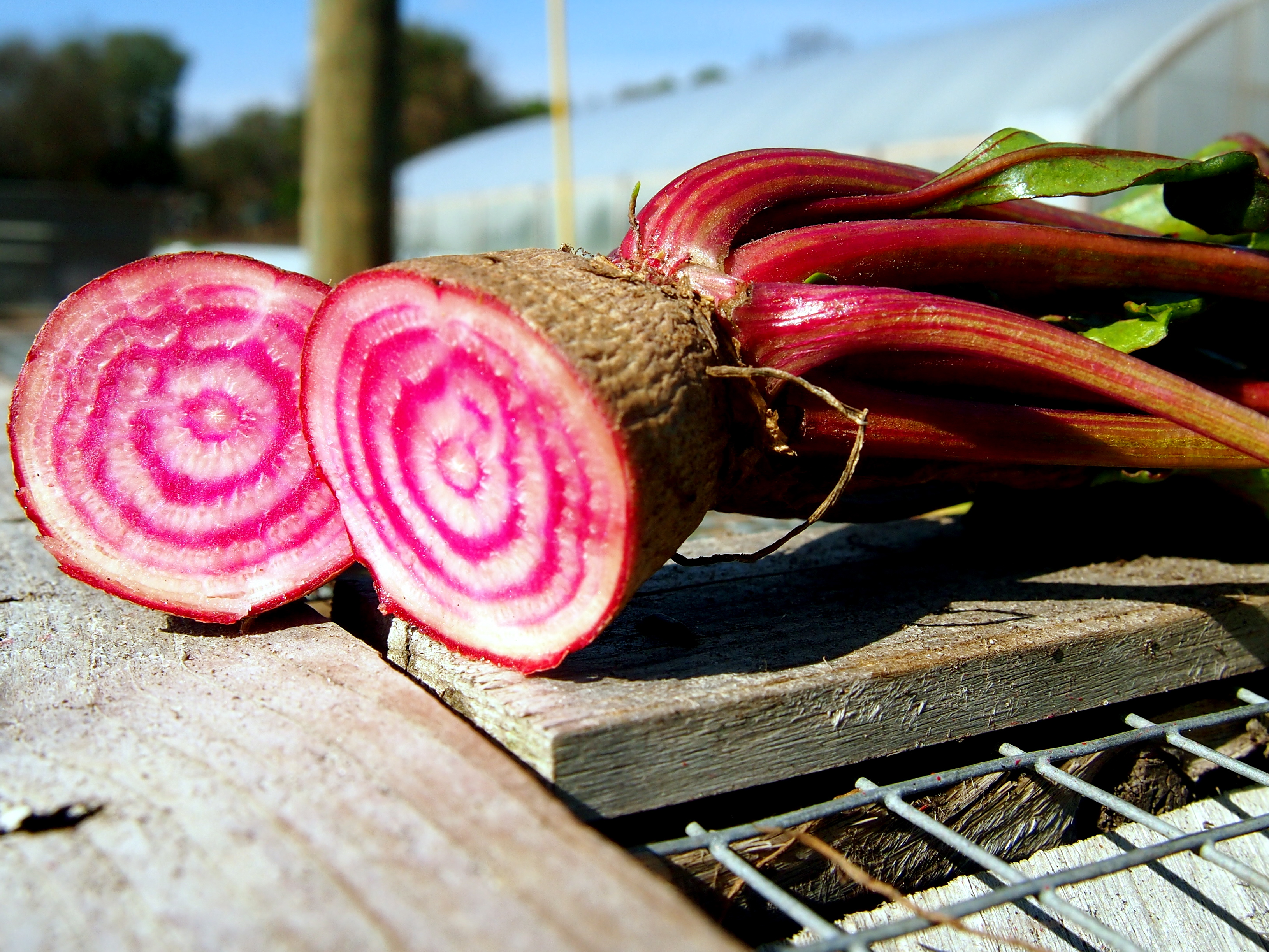
Wherever you get your beets from, make sure you store them properly once you get them home. (Hint: cut those tops off!)
And, out of neighborly concern, I do feel the need to assure you that, the morning after eating this, don’t worry. You’re not dying. You know how people used to dye things with beet juice? Yeah, that’s what happened to your insides. All’s well.
Beets with Dill and Sea Salt
10-12 small (golf ball size) or 2-4 large beets (baseball size)
2 Tbs extra virgin olive oil
2 Tbs fresh or 1 Tbs dried dill
1 tsp sea salt (this is a nice time to break out any special culinary salts you might be harboring)
Rinse off any dirt from your beets, then cut the tops and tails off. If you are using small beets, you may leave them whole. If you are using large beets, cut them into quarters. Put them in a small pot and cover with water. Bring to a boil and simmer for 10 minutes. Let cool. Dump them in a colander and rub off their skins under warm water. Place the beets in a bowl, toss with olive oil and stir in dill and salt. Serve cold or at room temperature; alone or on a bed of greens.

Posted 13 years, 4 months ago at 9:03 pm. Add a comment
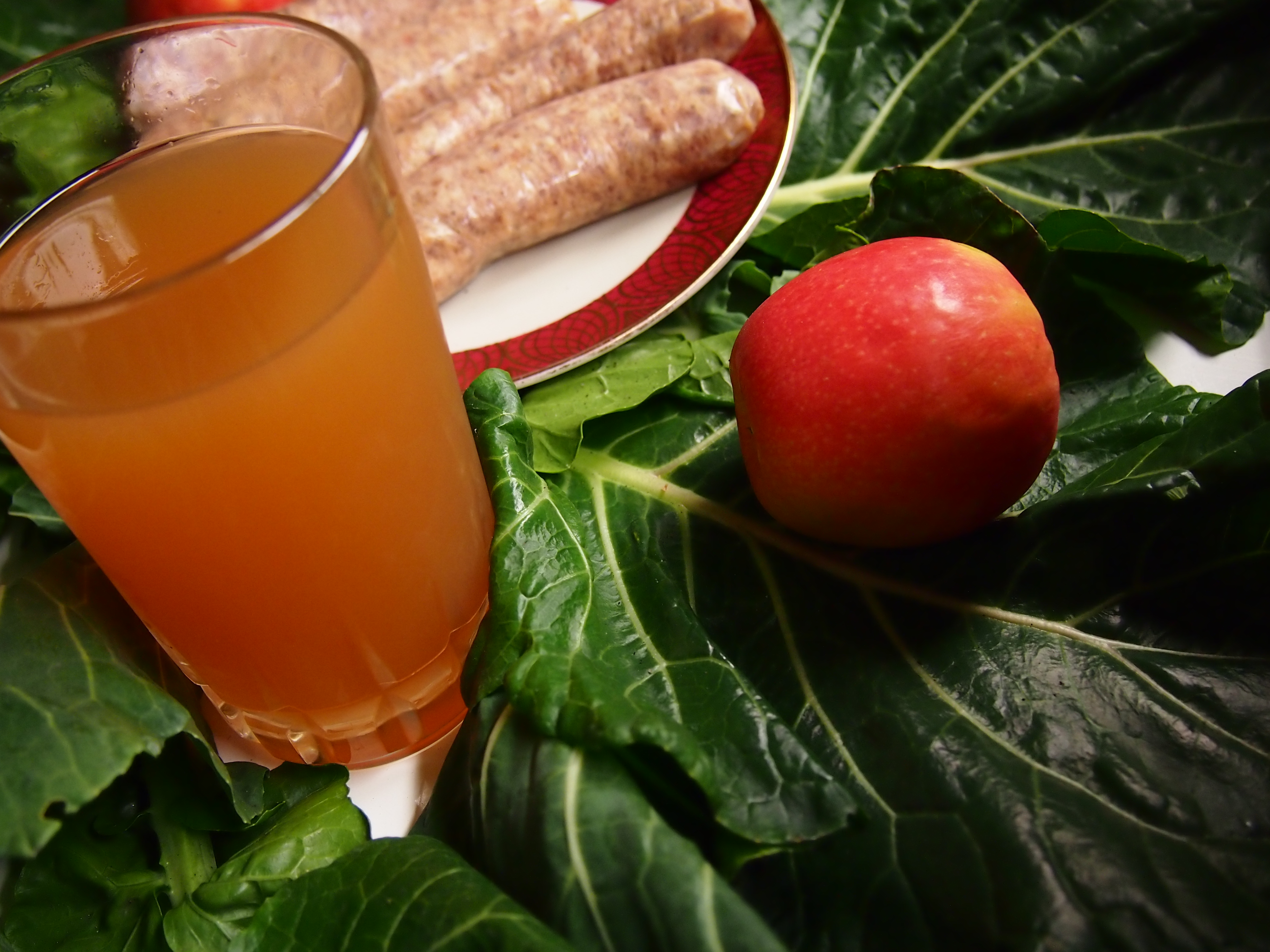 Pork and apples… mmmmm….
Pork and apples… mmmmm….
Pork and apples might’ve been my first foray into the world of food pairings. I’m not sure what prompted me to ladle apple sauce over my leathery pork chop that day in my college cafeteria. But I thought I was a genius. It wasn’t till later that I realized pork and apples is a tried and true culinary couplet.
Cider Braised Sausages with Apples and Collards
inspired by
America’s Test Kitchen and
Epicurious
1-2 T bacon grease, lard, ghee, coconut oil, as you wish
4 medium or spicy sausages, as you wish
1 large onion
2 cloves garlic, minced
1 firm baking apple such as granny smith, cored and chopped
1 cup apple cider*
1 bunch collards, washed
1/4 cup apple or pear butter
3T apple cider vinegar
a pinch of red pepper flakes
1/2 cup heavy cream
salt and pepper
Remove the large ribs from the collards by holding them by the stem and stripping them up the stem, much as you would a stalk of rosemary. Gather the leaves together and chop roughly. Set aside. Bring a large skillet over medium high heat and melt1 T of the fat. When it sputters, add the sausages, leaving space in between each one so that they don’t steam. Let them sizzle without moving until a good crust is formed, about 1 minute. Then use tongs to flip them and brown another minute. Remove to a plate. Add the onions and garlic, if necessary add the rest of the fat. Sprinkle with a pinch of salt and let them saute for about a minute, until the onions are slightly translucent and the garlic begins to color. Pour in the cider and scrape the bottom to remove the flavorful fond. Stir in the vinegar and red pepper flakes and bring to a simmer. Add the apples and another pinch of salt. Replace the sausages and add the collards and stir until they cook down a bit. Put a lid on the skillet and reduce heat to low. Braise for about 10 minutes. Remove sausages again (sorry…) and keep warm. Add cream and apple butter. Stir until it thickens into a lovely silky sauce. Replace the sausages and rewarm if necessary. Serve with cornbread to mop up the sauce.
* I used leftover spiced cider I made for a party. However, you could use a favorite hard cider or even apple juice. Though if you do use juice, make sure to get a good quality one, preferably unfiltered, for the most apple-y taste.
Posted 13 years, 5 months ago at 6:10 pm. 4 comments
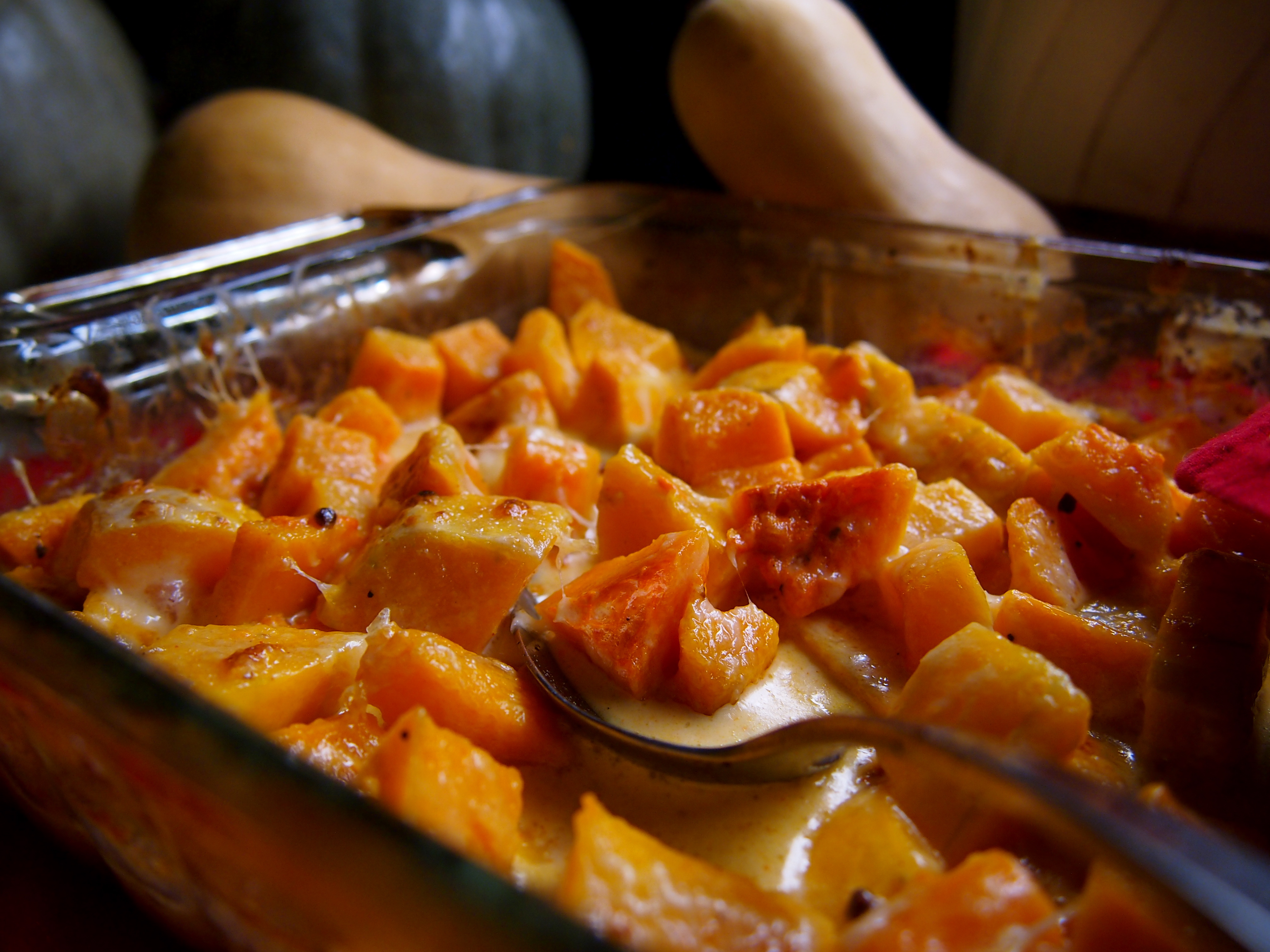 Growing up, orange vegetables meant sugar. Sweet potatoes got marshmallows. Winter squash got a dusting of brown sugar. Pumpkins were made into pies. Carrots got… okay, well, carrots discredit my sweeping generalization.
Growing up, orange vegetables meant sugar. Sweet potatoes got marshmallows. Winter squash got a dusting of brown sugar. Pumpkins were made into pies. Carrots got… okay, well, carrots discredit my sweeping generalization.
Even though I’d now be more likely to use honey or maple syrup, it’s taken me some time to crack through the caramelized bias of my youth. And oh! it’s been worth it. Like many openings of mind, there are so many more possibilities now. Winter squash, I’ve come to understand, are quiet about their sweetness. It’s easily upstaged by the more boisterous sugar. Next to the spice of cayenne though, the squash’s sweetness can be appreciated.
Spicy Butternut Squash with Parmesan
~inspired by
this recipe from Gourmet Magazine, as seen on
Epicurious
2 1/2 lbs butternut squash, peeled and cubed
3/4 cup heavy cream
1/tsp cayenne pepper (more or less to taste)
1 cup grated Parmesan cheese
salt and pepper to taste
Preheat the oven to 400°. Place the squash cubes in a small baking dish or skillet. In a glass measuring cup, measure out the cream then stir in the cayenne, salt, and pepper. Pour the cream mixture over the squash. Cover with foil or a lid and bake for 25-30 minutes, until the squash is tender. Stir in half the cheese, and sprinkle the rest on top of the squash. Bake (uncovered) for another 7-10 minutes. Then turn the broiler on until the cheese is bubbly, brown, and beautiful. Remove the the oven and let stand for at least 5 minutes to thicken.
Posted 13 years, 6 months ago at 2:00 pm. 1 comment
{this moment} – A Friday ritual from SouleMama. A single photo – no words – capturing a moment from the week. A simple, special, extraordinary moment. A moment I want to pause, savor and remember.
If you’re inspired to do the same, leave a link to your ‘moment’ in the comments for all to find and see.
. . . . . . . .

Posted 13 years, 7 months ago at 5:00 am. 3 comments
 You’ll have to forgive the anachronism of this recipe. It’s been wafting around my draft folder for months, but with one baby and another, I just never got around to publishing it. So even though summer has spread its steamy cloak over all of us, I hope you’ll remember this recipe the first time you wish you had brought a sweater with you.
You’ll have to forgive the anachronism of this recipe. It’s been wafting around my draft folder for months, but with one baby and another, I just never got around to publishing it. So even though summer has spread its steamy cloak over all of us, I hope you’ll remember this recipe the first time you wish you had brought a sweater with you.
Spiced Butternut Squash Soup with Cardamom and Lemongrass
1 large or 2 smallish butternut squashes
2 Tbs coconut oil
1 onion, peeled and chopped
4 cloves garlic, peeled and chopped
1 tsp cardamom seeds
1 granny smith apple, cored and chopped
2 large carrots, chopped
2 Tbs apple cider vinegar
1 cinnamon stick
2 bay leaves
1 stalk of lemongrass*
1 1/2- 2 quarts chicken stock
salt and pepper
1 cup heavy cream
Greek yogurt (opt)
Dried apples (opt)
Preheat oven to 375°. Cut squash in half and scoop out the seeds. Lay the halves cut side up on a baking dish. Rub with oil and sprinkle with salt and pepper. Roast for about an hour, or until fork tender. Let cool while completing next steps. (This step can also be done up to a few days ahead of time. Just wrap the cooled squash and put it in the fridge until ready to continue.)
Melt coconut oil in a large heavy pot. Add onions and cook on medium low heat until they are translucent. Add the garlic and cardamom seeds, stirring until fragrant- about 45 seconds. Increase the heat to medium high and add the apple and carrot. Saute until they are softened and there is a nice crust on the bottom of the pan. Deglaze the pan by adding the vinegar and scraping up all the brown bits. Add 1 quart of the stock , the cinnamon, the lemongrass, and the bay leaves. While waiting for that to boil, scoop the cooled squash flesh out of the shell and add to the pot. Once boiling, reduce the heat and simmer for 10 to 15 minutes to allow the flavors to meld and vegetables to completely soften.
Remove from heat and use a stick blender to puree the soup. Take your time with this step. There’s few things as culinarily undesirable as finding chunks in your soup that look as if they’ve already been half chewed. (If you don’t have a stick blender, carefully pour the soup into a bar blender and puree in batches. Then return to the pot.) The soup will likely be very thick, about the consistency of mashed potatoes. Use the reserved stock to thin it to your desired consistency. Return the pot to the stove and reheat if necessary. Just before serving, stir in the heavy cream. Garnish with Greek yogurt and chopped dried apples.
*Look for it at Asian grocery stores. Or, if you live in Columbia, pick some up at City Roots.
Posted 13 years, 11 months ago at 10:40 am. Add a comment
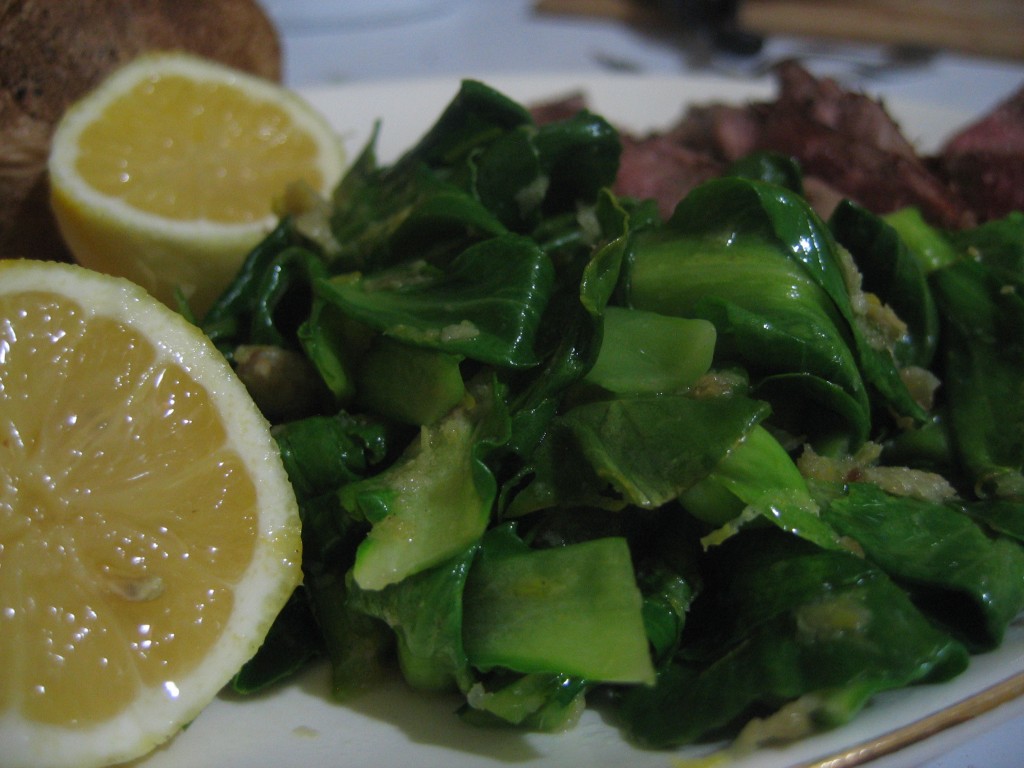 I am sadly less than proficient when it comes to Asian vegetables. You’d think all the time I spent in Asia would have up-ed my skill level (or at least awareness) a bit, wouldn’t you? But alas, during my years there if I thought about food at all, it had to do with how many “weird” things I could eat in order to impress people back in the States. Therefore, while I certainly ate my fair share of traditional Filipino food, I missed out on the finer points of what the vegetables actually were and how they were prepared.
I am sadly less than proficient when it comes to Asian vegetables. You’d think all the time I spent in Asia would have up-ed my skill level (or at least awareness) a bit, wouldn’t you? But alas, during my years there if I thought about food at all, it had to do with how many “weird” things I could eat in order to impress people back in the States. Therefore, while I certainly ate my fair share of traditional Filipino food, I missed out on the finer points of what the vegetables actually were and how they were prepared.
Today, my co-farmer, Ben, alerted me to the fact that we will be harvesting baby bok choi on Friday. As far as Asian vegetables go, I know bok choi is pretty mundane, but even so I wasn’t familiar with it. Like most brassicas, bok choi gets sweeter with the colder weather. Because of all the frosts (not to mention snows) we’ve had this winter, the bok choi leaf I sampled was as sweet as any summer corn I’ve tasted. Sweet and almost lemony but with a definite cabbage-y twang, like a farm girl who can’t quite banish the drawl from her voice. As delicious as it was raw, Ben counseled that they are even better cooked– but not too much. Bok choi, also like other brassicas, gets extremely bitter when over-cooked.
After doing my “new vegetable encounter” Wikipedia search, I learned that in traditional Chinese thought bok choi is a cool vegetable. In order to counter balance the coolness, a warming ingredient is added, such as garlic or ginger. I figured that was as good a place to start as any. That, combined with my first impressions of the raw leaf as having distinct lemony undertones, gave birth to this dish. While I served it with beef, I think it would make a fantastic bed for some fresh fish from the farmer’s market.
Bok Choi with Ginger and Lemon
1 bag bok choi (about 1/3 lb.)
1 TBS butter
1 in piece of ginger, peeled
zest from one lemon
salt
Using a fine grater, grate the ginger and lemon zest; set aside. Cut the ends off the bok choi, wash in cold water, and dry well. In a medium sized pan, heat the butter over medium-low heat. When it just barely sizzzles, add the ginger. After a few seconds (when the gingery aroma reaches your nose), add the bok choi and lemon zest. Stir with tongs until its evenly coated in butter, ginger, and zest. Cook until mostly wilted (about a minute). Turn off the heat when most of the leaves are wilted. Continue stirring as the residual heat cooks the rest of the leaves.
Posted 14 years, 4 months ago at 9:23 pm. Add a comment
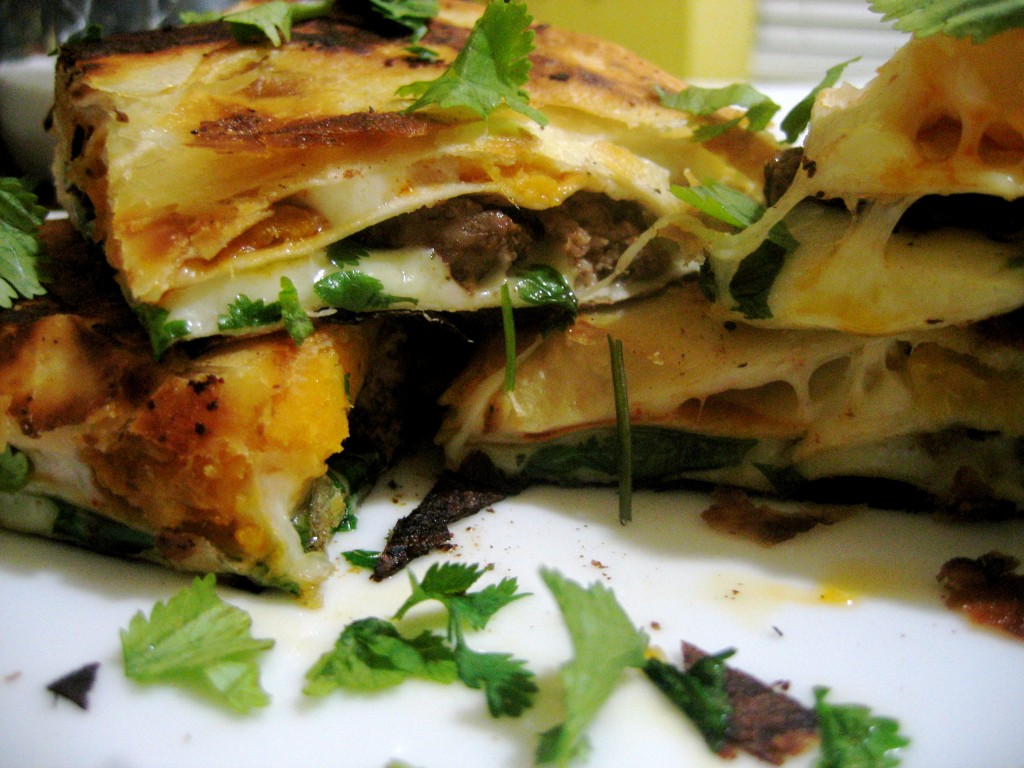
Sweet Potatoes. They aren’t just Thanksgiving food for us anymore. No longer are they like batty Aunt Helga who only gets invited around for holiday dinners for fear of what she might say. And even then, her peculiar ravings get smothered under a sweet blanket of “Yes Aunt Helga, dear” and “How nice you look today dear Aunt Helga” or “Have some more sweet potatoes topped with marshmallows Aunt Helga dear.”
No more. With this recipe begins a new era where sweet potatoes are invited to regular family dinners, like Mexican Night or Italian Night (sweet potato gnocchi, anyone?). Who knows, sweet potatoes might even score an invite to Pizza Night. Continue Reading…
Posted 14 years, 8 months ago at 6:18 am. Add a comment

 It’s been over a year since I officially threw in the plow on vocational farming. One of the things I miss the most is the weekly harvest days before market. We carted, pulled, and dragged vegetables into the barn. They sat in piles. Stacks. Sometimes even pyramids. All waiting to be
It’s been over a year since I officially threw in the plow on vocational farming. One of the things I miss the most is the weekly harvest days before market. We carted, pulled, and dragged vegetables into the barn. They sat in piles. Stacks. Sometimes even pyramids. All waiting to be 










